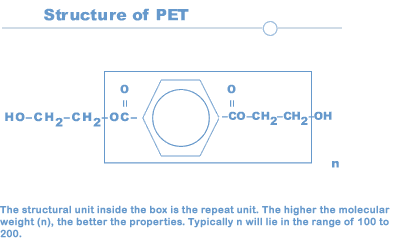Collection
The European Union directive concerning Packaging and Packaging waste (2004/12/EC) stipulates that Member States must set up ...
Sorting
Collected bottles are first sorted by material (PET, HDPE, PVC, etc.), then they are baled to reduce volume and ensure transport cost-effectiveness ...
Processing
PET can be recycled thanks to a wide variety of methods: melt reprocessing, molecule break down (de-polymerisation), purification ...

Quality is Key
Quality control is a key concern for all the actors of the PET value chain. Indeed, during the production of PET, its use and recycling, the quality of the PET material can deteriorate.




